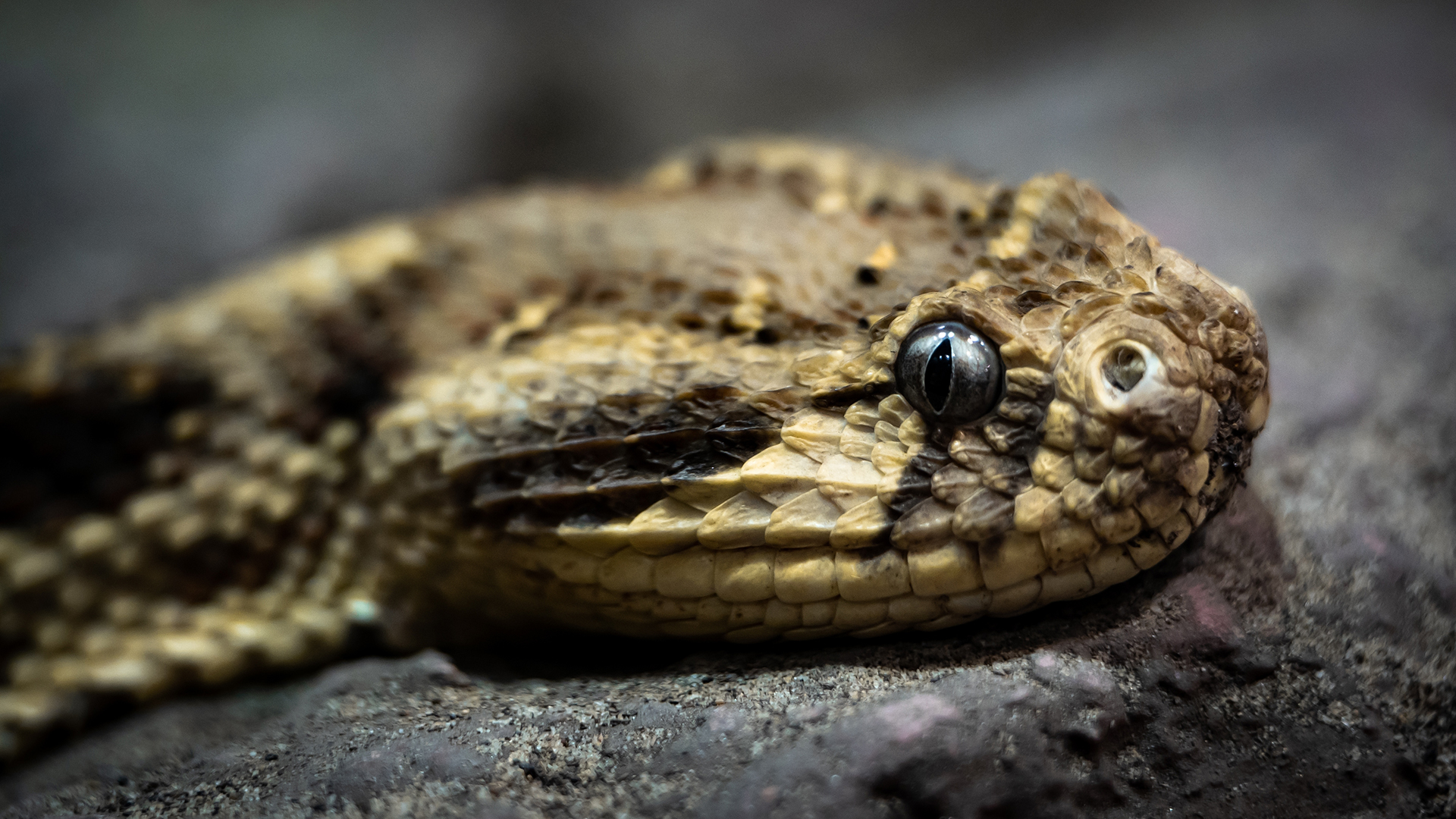Snakes are slippery legends which have mastered the art of thriving in every corner of the world, from dense rainforests to arid deserts. Some can completely vanish into their surroundings with unmatched camouflage, practically becoming invisible ninjas of the wild.
Others can strike faster than the blink of an eye! And then, of course, there are the venomous elites – snakes whose potent venom is the stuff of literal nightmares, capable of stopping prey (and unlucky predators) in their track.
Their unique adaptations and incredible abilities make them some of the most captivating animals on the planet regardless of how dangerous they are. So, why not grab your imaginary passport and buckle up for a wild, globe-trotting adventure?
We’re about to meet the most dangerous snakes from every continent (yes, two for each region!), uncovering what makes them tick, why they rule their territories, and how they’ve earned their fearsome reputations.
Get ready for a thrilling, scaly ride filled with jaw-dropping facts and maybe a few goosebumps along the way!
1. Eastern Diamondback Rattlesnake
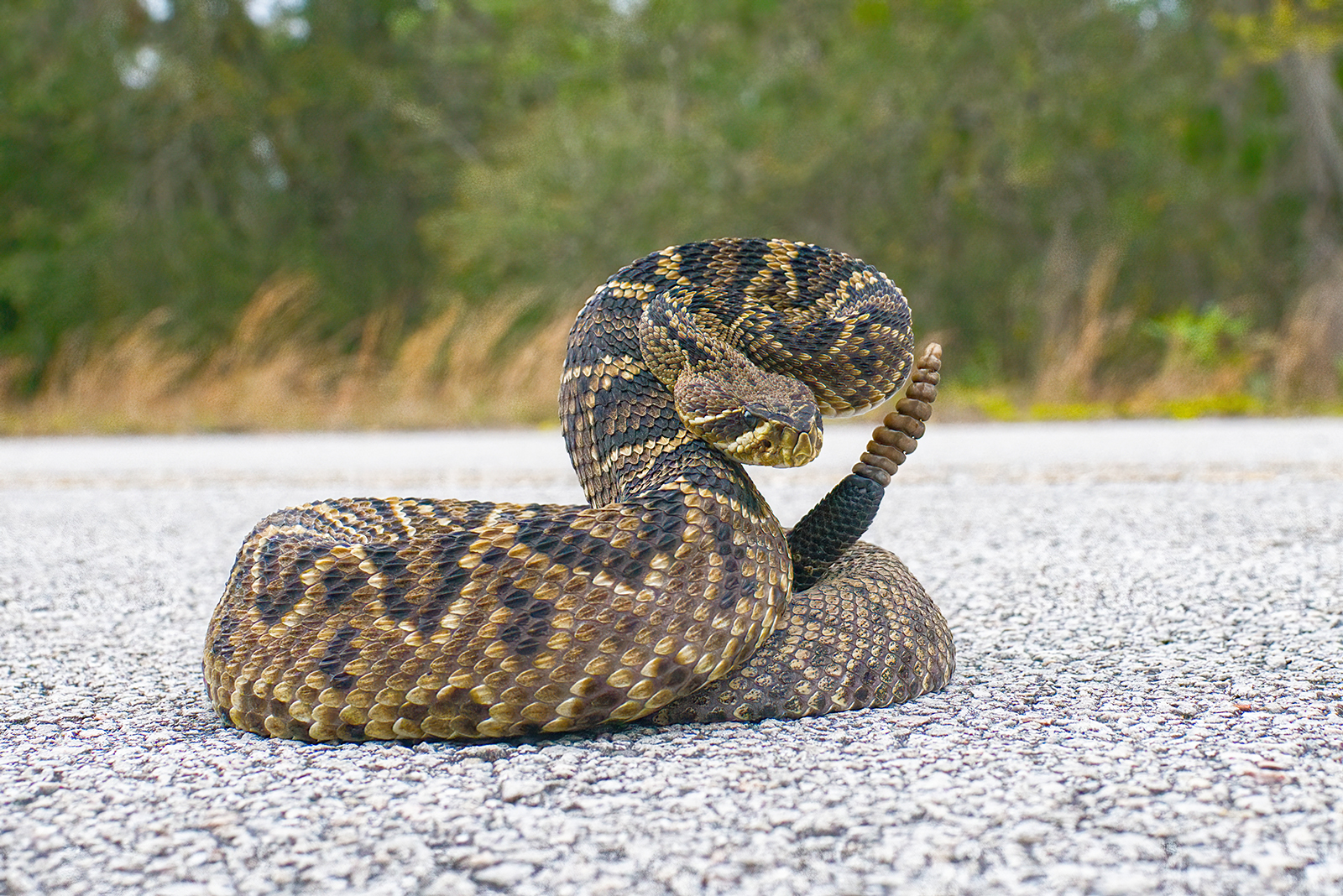
Credit: Shutterstock
The Eastern Diamondback Rattlesnake is like the heavyweight boxer of North America’s snake world – big, bold, and definitely not one to mess with. This massive rattler, stretching up to a jaw-dropping eight feet in length, is a true marvel of the southeastern United States.
With a body covered in striking diamond-shaped patterns, it’s as eye-catching as it is intimidating. But don’t be fooled by its beauty – this snake comes equipped with venom that packs a serious punch.
When it strikes, its venom goes straight to work on blood cells, causing tissue damage, swelling, and a level of pain that’s definitely not for the faint-hearted. Despite its fearsome reputation, the Eastern Diamondback isn’t out to pick a fight.
It’s more of a “leave me alone and we’re good” kind of snake. However, if you accidentally stumble too close, you might hear the unmistakable sound of its rattle – a clear “back off” warning. And trust me, you’ll want to heed it.
This snake prefers to avoid confrontation, but if startled or cornered, it won’t hesitate to defend itself.
2. Mojave Rattlesnake
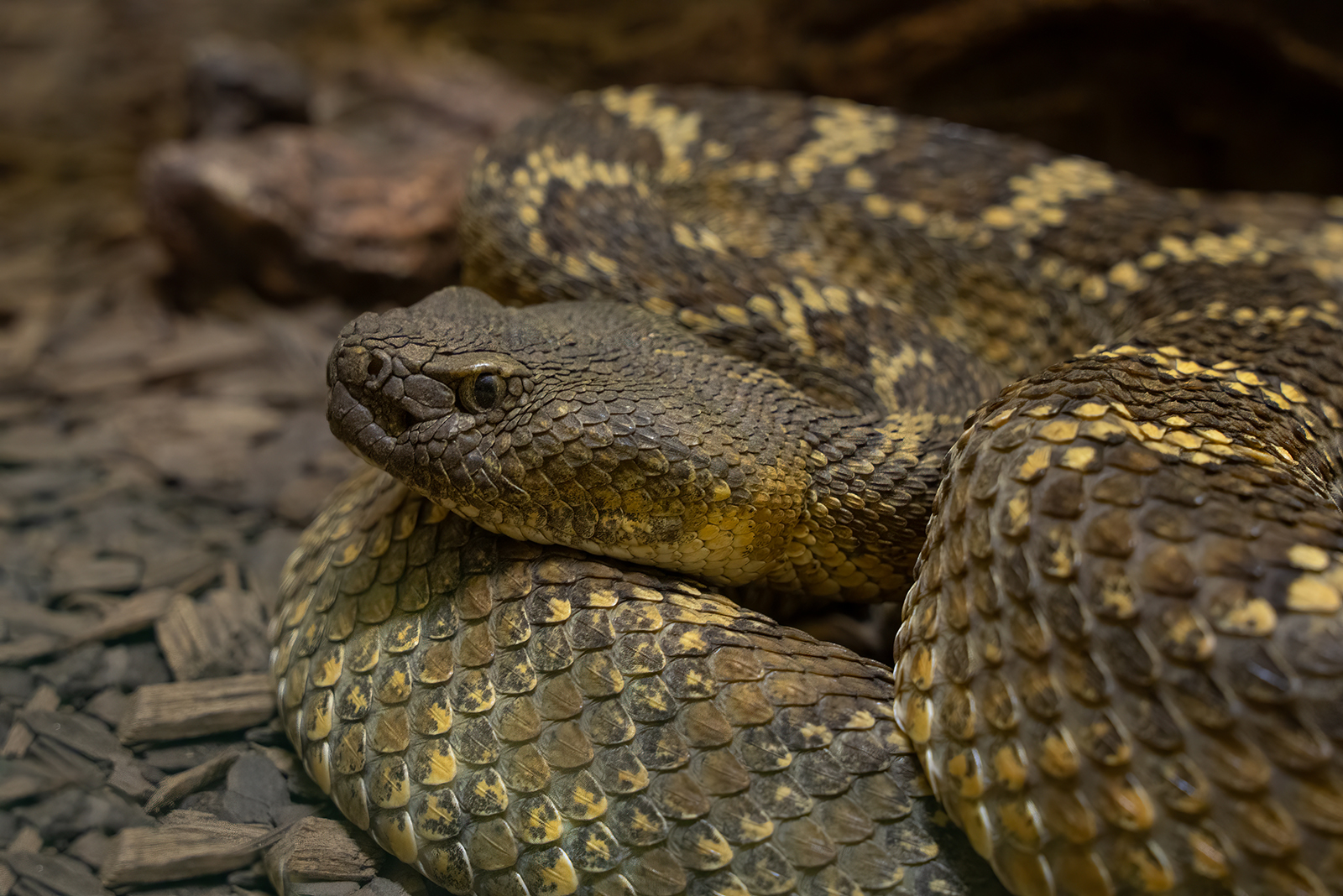
Credit: Shutterstock
The Mojave rattlesnake might look like just another rattlesnake at first glance, but don’t let appearances fool you – this snake is packing some serious venom! Found slithering through the arid regions of the southwestern United States and northern Mexico, the Mojave rattlesnake is infamous for its exceptionally potent venom.
This isn’t your average bite; its venom contains a powerful mix of neurotoxins that can paralyze muscles and disrupt breathing in record time, earning it a reputation as one of the most venomous rattlesnakes in the world. But here’s the twist: despite its deadly capabilities, the Mojave rattlesnake isn’t out to pick fights.
It’s actually a pretty shy snake and would much rather warn you with its iconic rattle than attack. Imagine it shaking that rattle like a maraca, sending a clear message: “Stay back!” However, if you ignore its warnings and get too close, this snake won’t hesitate to defend itself.
The Mojave rattlesnake is a fascinating blend of lethal efficiency and cautious restraint, a reminder that nature’s most dangerous creatures often prefer peace over conflict – but they’re always ready to stand their ground if needed!
3. Fer-de-Lance
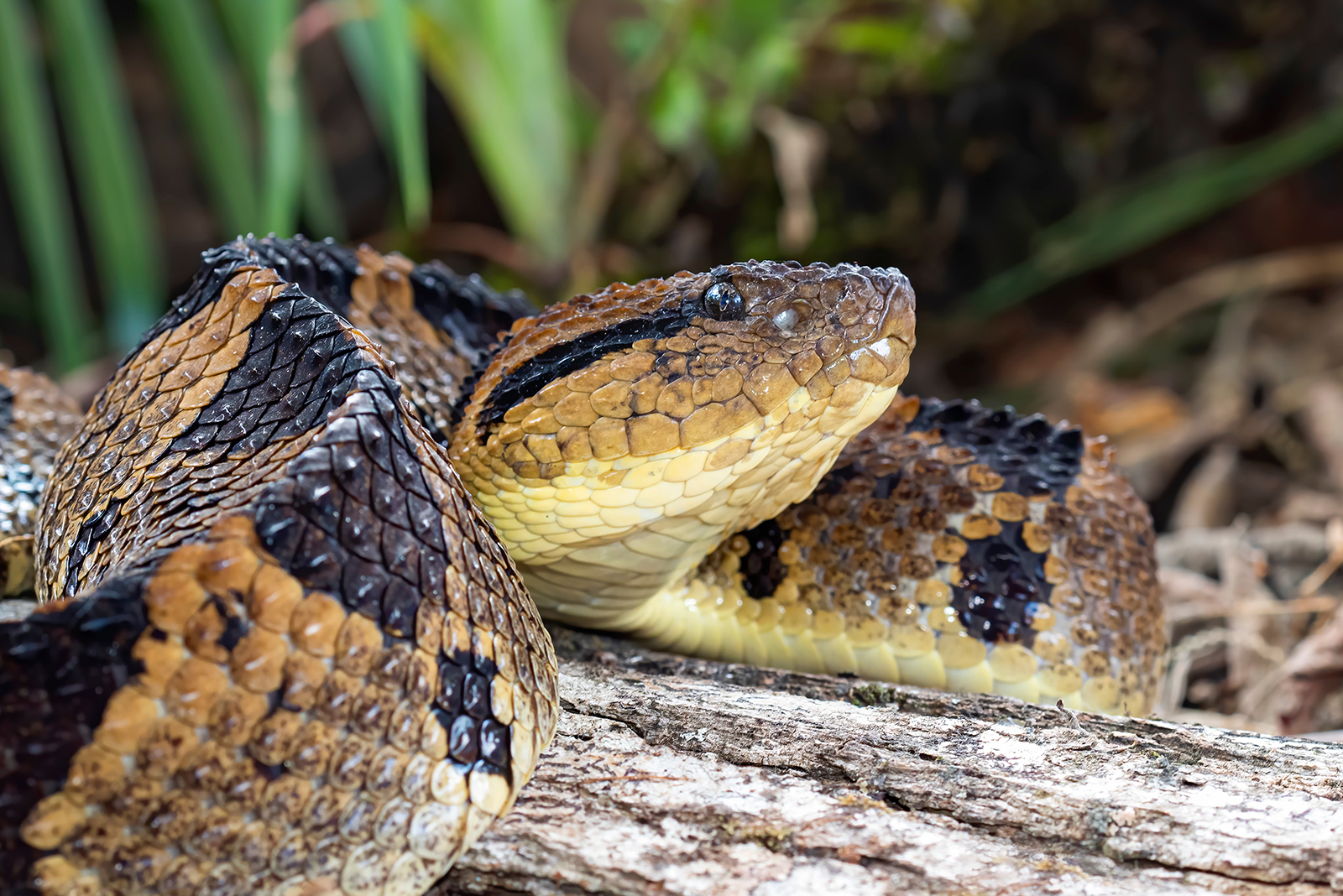
Credit: Shutterstock
Known as the “ultimate pit viper,” the fer-de-lance is not a snake to be taken lightly, and it’s earned that reputation for good reason. This deadly predator prowls the forests and fields of South America, where its lethal venom makes it a force to be reckoned with.
The venom is a potent cocktail of hemotoxins and necrotizing agents, which means it doesn’t just attack the blood; it destroys tissue and cells as well. A single bite can cause rapid swelling, excruciating pain, and without quick treatment, the outcome can be fatal.
But what makes the fer-de-lance even more terrifying is its unpredictable nature. Unlike some snakes that give ample warning, this one often strikes without hesitation if it feels threatened.
Its cryptic coloring allows it to blend seamlessly into its surroundings, making it easy to overlook and accidentally disturb. Many locals consider it one of the most dangerous animals in the region, and for good reason: this snake’s combination of stealth, potent venom, and readiness to defend itself makes it a true predator of its habitat.
4. Bushmaster
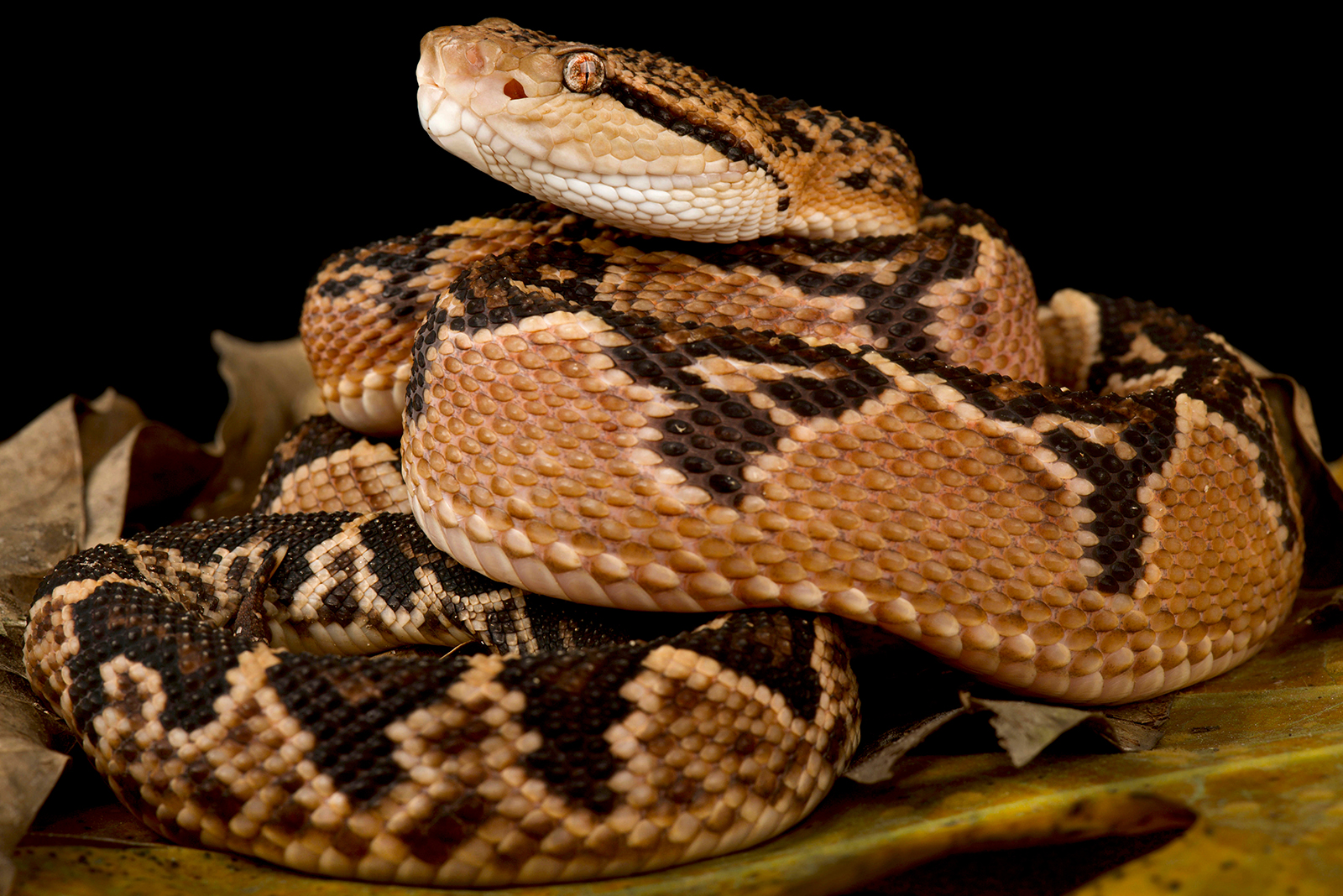
Credit: Shutterstock
The bushmaster is the reigning heavyweight champion of pit vipers, and it has the stats to prove it. Growing to an impressive length of over 10 feet, it holds the title of the largest pit viper in the world.
Found in the dense, tropical forests of Central and South America, this snake isn’t just about size – it’s about presence. While its venom is less toxic compared to the fer-de-lance, the sheer quantity of venom it delivers in a single bite can be equally devastating.
Think of it as nature’s overachiever: not only does it strike with precision, but it also ensures there’s plenty of venom to make its point. Despite its formidable attributes, the bushmaster is surprisingly elusive. It’s like an introvert – preferring the solitude of deep, untouched forests to any form of limelight.
Spotting one in the wild is an incredibly rare occurrence, which, let’s be honest, might be a blessing in disguise.
5. Black Mamba
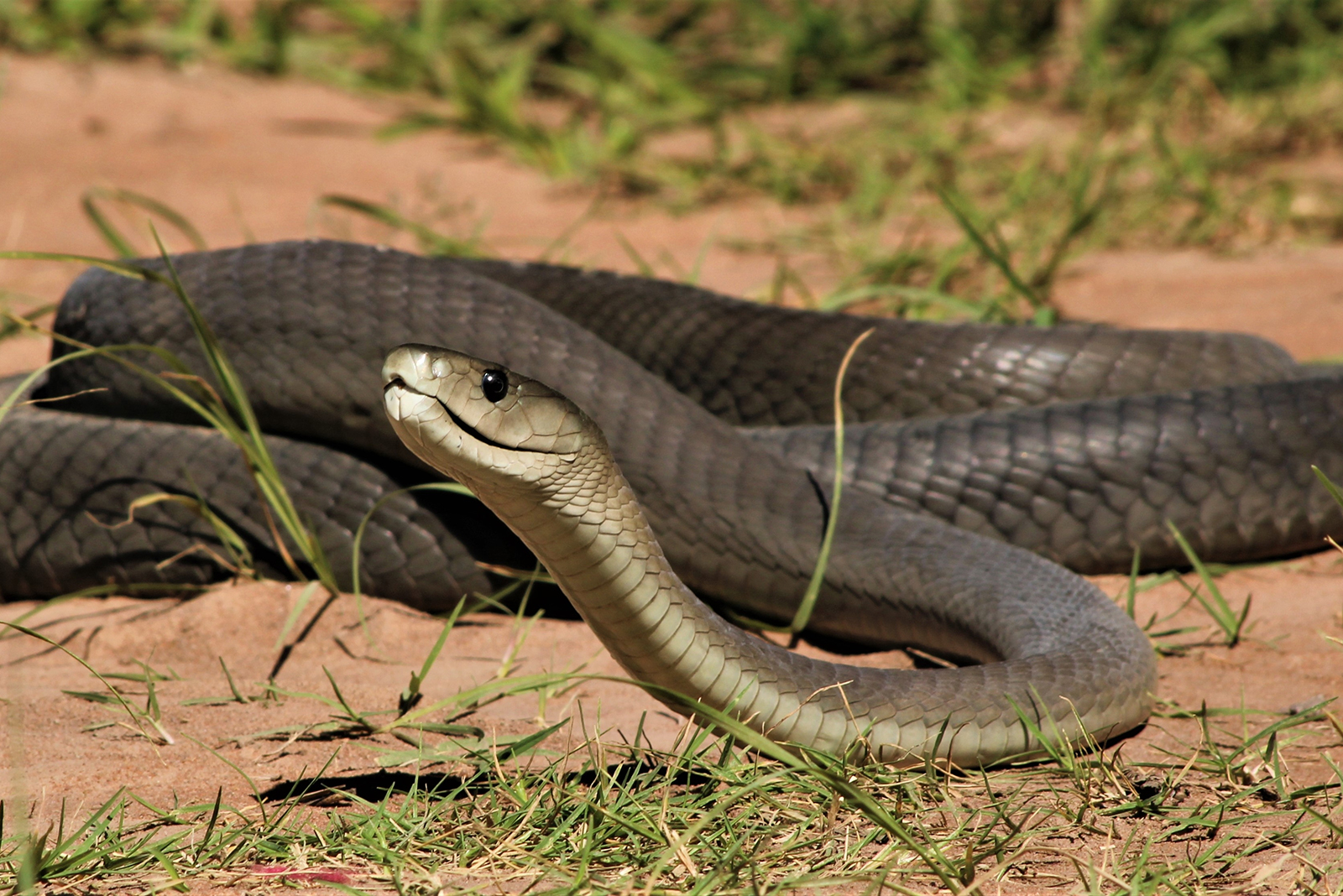
Credit: Shutterstock
If you’ve heard of one snake from Africa, it’s almost certainly the black mamba. This sleek, fast-moving serpent is infamous. With a venom that acts as a neurotoxin, the black mamba delivers a bite that can shut down nerves and muscles faster than you can say “help.”
Without treatment, its bite is almost always fatal. But the black mamba is also known for its speed, reaching up to 12 miles per hour. Brr! Scary!
That’s faster than most humans can sprint, and combined with its fearsome reputation, it’s no wonder this snake has a near-mythical status. Yet, despite its notoriety, the black mamba isn’t out to get you.
It’s typically shy, preferring to flee rather than fight, but if cornered or threatened, it won’t hesitate to defend itself with precision strikes. Its sleek, olive-brown body and coffin-shaped head add to its aura of danger, making every encounter unforgettable – but hopefully not firsthand!
6. Puff Adder
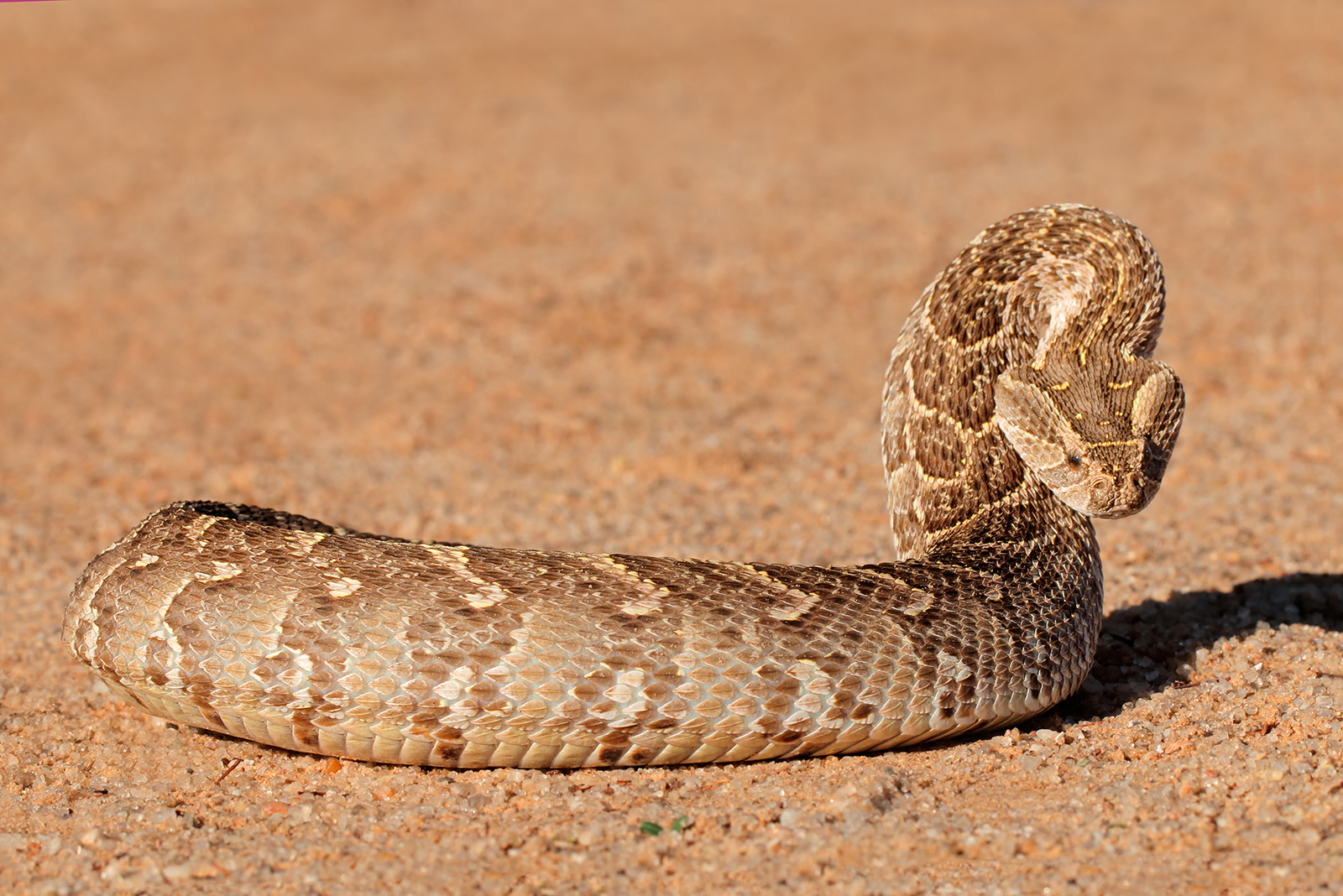
Credit: Shutterstock
Don’t let its sluggish appearance fool you. The puff adder is a coiled spring of danger, ready to strike at lightning speed. This thick-bodied snake may look slow and unassuming, but it’s one of Africa’s most dangerous serpents.
Found across savannas and grasslands, the puff adder holds the dubious honor of being responsible for the majority of snakebite fatalities on the continent. Its venom is cytotoxic, meaning it destroys tissue and causes severe swelling and pain – and that’s just the beginning.
A puff adder bite can lead to long-term tissue damage and, if left untreated…you can imagine. What makes it even scarier is its impressive camouflage, allowing it to blend seamlessly into its environment. This often leads to accidental encounters, which rarely end well.
When threatened, the puff adder gives a loud hiss, inflates its body, and strikes faster than you can react, living up to its name in every sense. Despite its reputation, this snake plays an essential role in controlling rodent populations, proving that even the scariest creatures have their place in the ecosystem.
Just admire this one from a safe distance – and watch where you step!
7. King Cobra
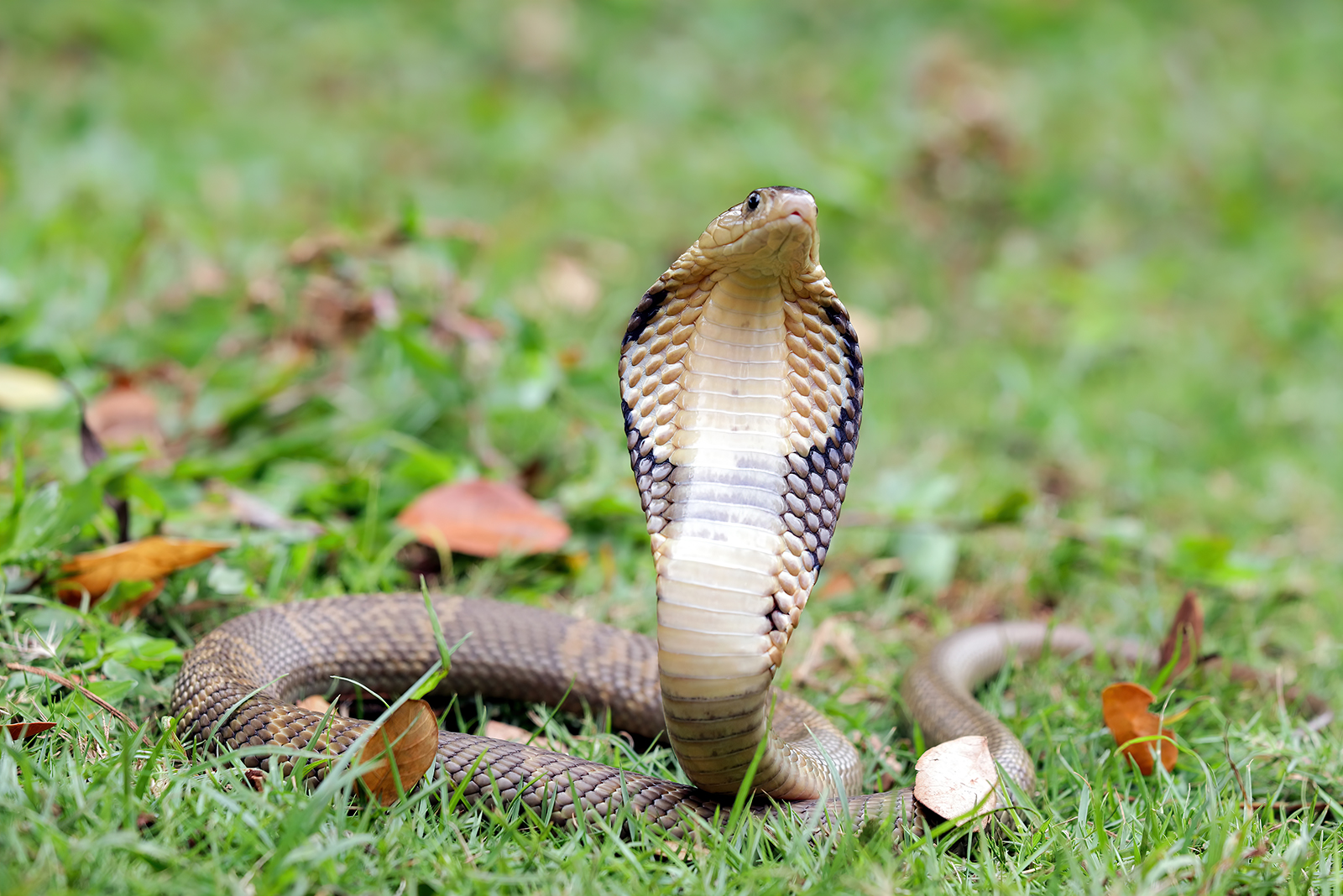
Credit: Shutterstock
The king cobra is a snake that demands your full attention and respect. As the world’s longest venomous snake, it can grow up to an awe-inspiring 18 feet, making it a true titan of the snake world.
Found in the lush forests of South and Southeast Asia, this serpent is a master of intimidation. When threatened, the king cobra rises up, spreading its iconic hood and making direct eye contact – a move straight out of a thriller movie.
Its venom, primarily neurotoxic, is potent enough to end the life of an elephant or up to 20 humans with a single bite. But the thing is this: the king cobra is surprisingly reclusive, preferring to avoid humans unless cornered.
It’s also highly intelligent and often seen as a symbol of power and respect in many cultures. Encountering one in the wild is a mix of awe and terror, a reminder of why this snake is the undisputed monarch of its domain.
8. Russell’s Viper
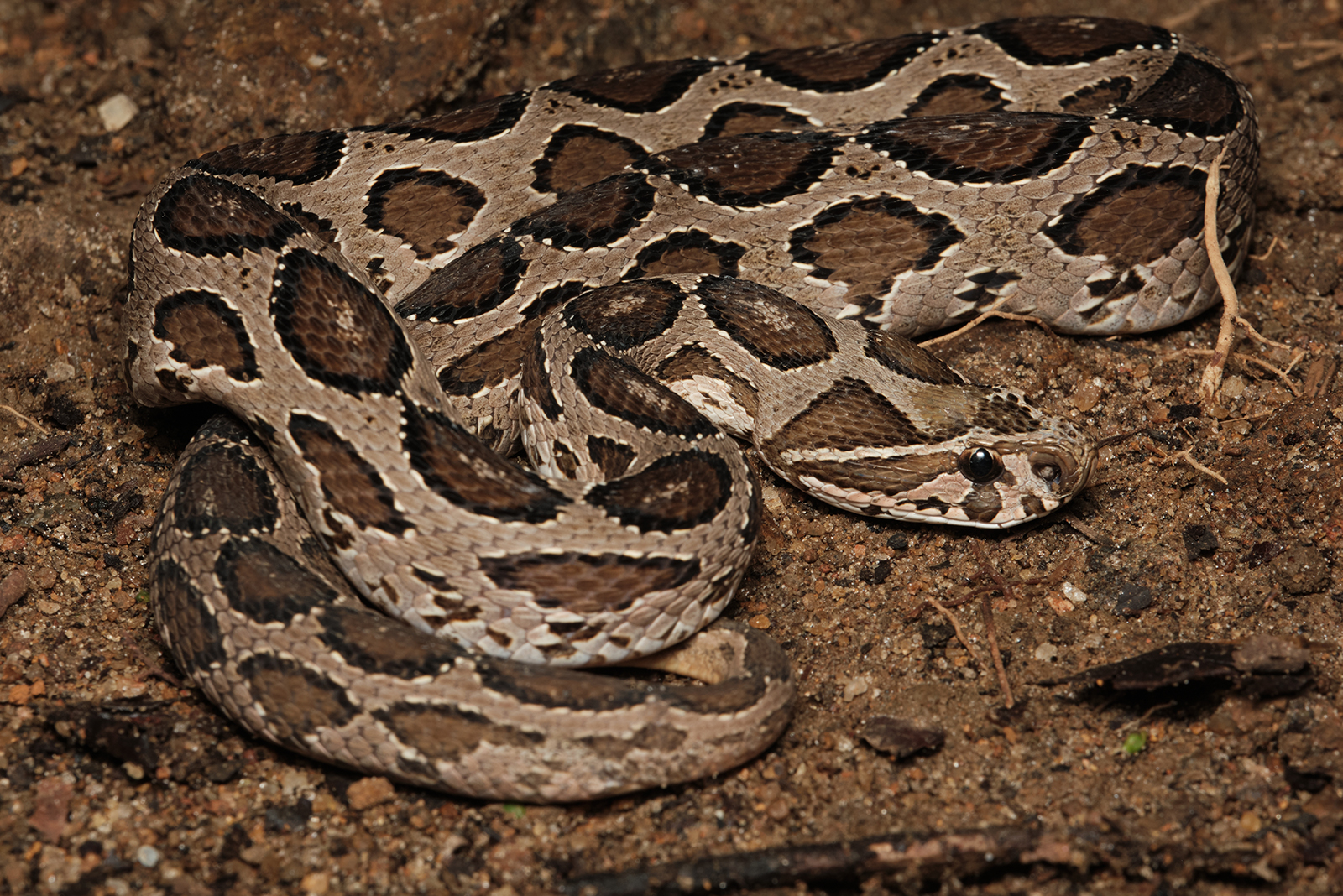
Credit: Shutterstock
Russell’s viper is the ultimate no-nonsense snake. Found across the grassy plains and bustling farmlands of Asia, this snake dominates. Known for being responsible for more snakebite deaths in India than any other species, Russell’s viper is a true heavyweight in the danger department.
Its venom is a devastating cocktail that targets blood clotting, leading to severe bleeding, organ failure, and, in some cases, the end. But it’s not just the venom that makes this snake so notorious; it’s also its attitude. With a grumpy and aggressive disposition, this snake isn’t afraid to stand its ground when disturbed.
Adding to the danger is its camouflaged pattern, which allows it to blend seamlessly into its surroundings, making accidental encounters all too common. Whether coiled up in a farmer’s field or lurking in the underbrush, the Russell’s viper is a reminder that nature doesn’t mess around.
It’s a snake you admire from a very safe distance. If you’re lucky enough to spot it before it spots you.
9. Asp Viper
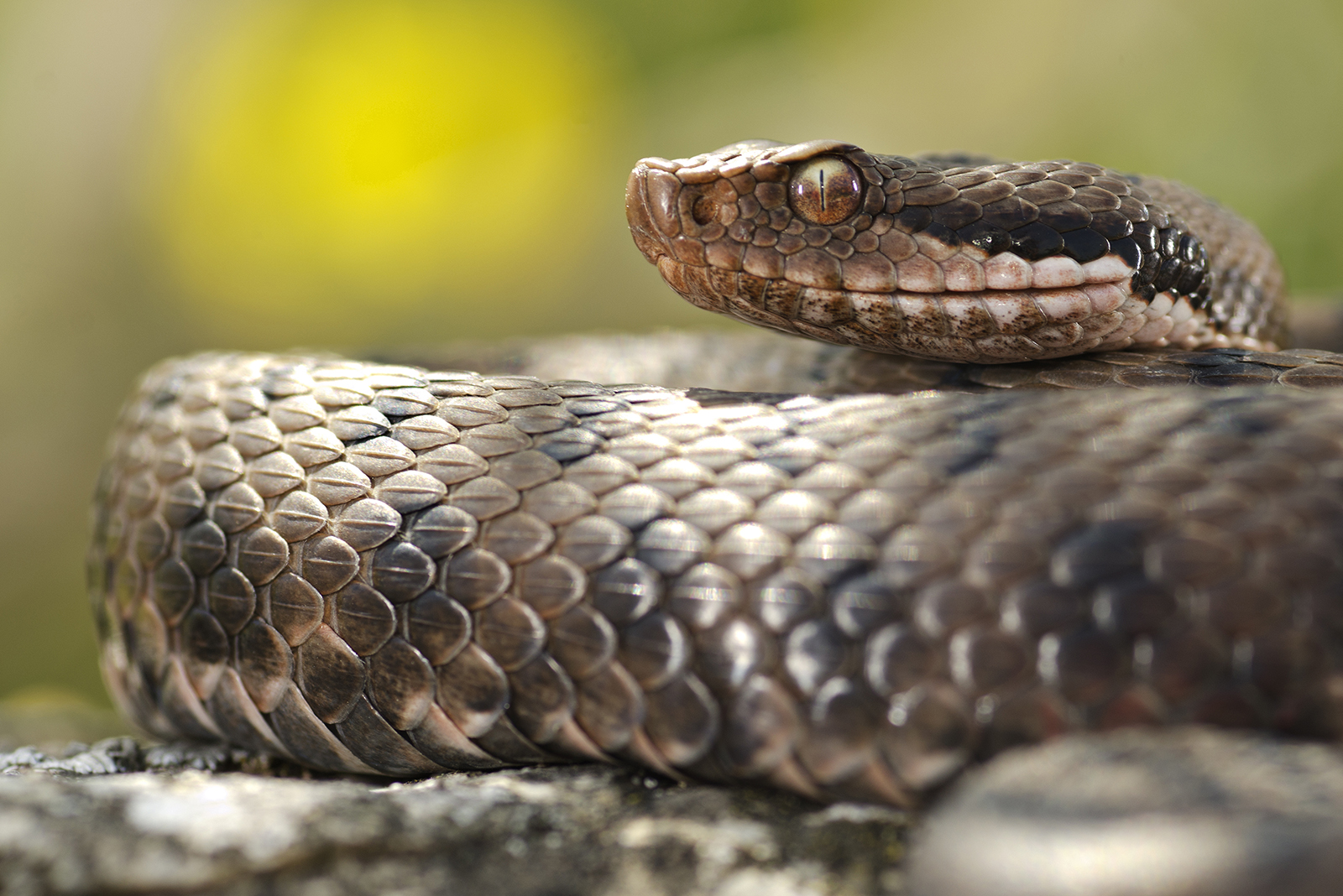
Credit: Shutterstock
The asp viper may not have the Hollywood glamour of some of its flashier, more famous snake cousins, but don’t underestimate it. Found in the sun-drenched regions of southern Europe, this snake is a quiet yet formidable force.
Its venom is hemotoxic, which means it wreaks havoc on blood and tissues, causing intense pain, swelling, leading to even the most extreme cases. While it’s not known for being aggressive, it’s a snake that commands respect. If you stumble upon one, it’s best to admire its subtle beauty from a very safe distance.
The asp viper’s cryptic coloring helps it blend perfectly into its surroundings, making it easy to miss and even easier to accidentally disturb. Despite its low-key reputation, the asp viper plays a vital role in the ecosystem, helping to control small mammal populations.
So while it’s not the flashiest snake on the block, it’s definitely one worth knowing about – just don’t get too close!
10. Adder
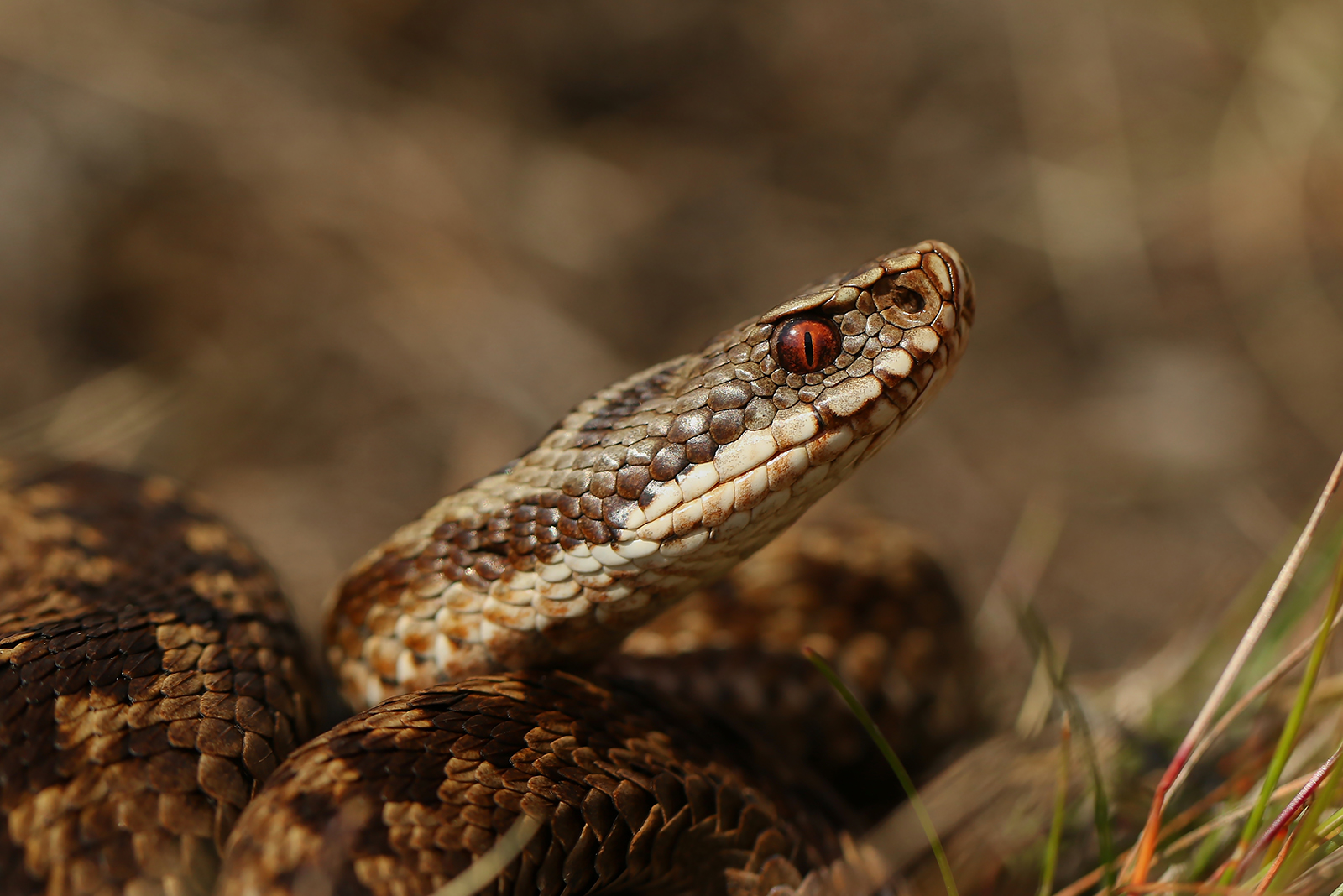
Credit: Shutterstock
The common European adder may be the UK’s only venomous snake, but don’t let that title make you think it’s out to cause trouble.
This shy serpent is more of a recluse, preferring to slither away unnoticed rather than engage in any conflict. Found in a variety of habitats, from heathlands to woodlands, the adder is known for its adaptability.
Its venom is relatively mild compared to some of its cousins, but don’t let that fool you into thinking it’s harmless. A bite from an adder can still cause significant pain, swelling, and, in rare cases, all kinds of severe reactions.
What makes this snake so interesting is its tendency to avoid humans entirely unless provoked. Its patterned scales provide excellent camouflage, making it an expert at going undetected. While it doesn’t seek the spotlight, the adder is an important part of the ecosystem, keeping insect and small mammal populations in check.
11. Inland Taipan
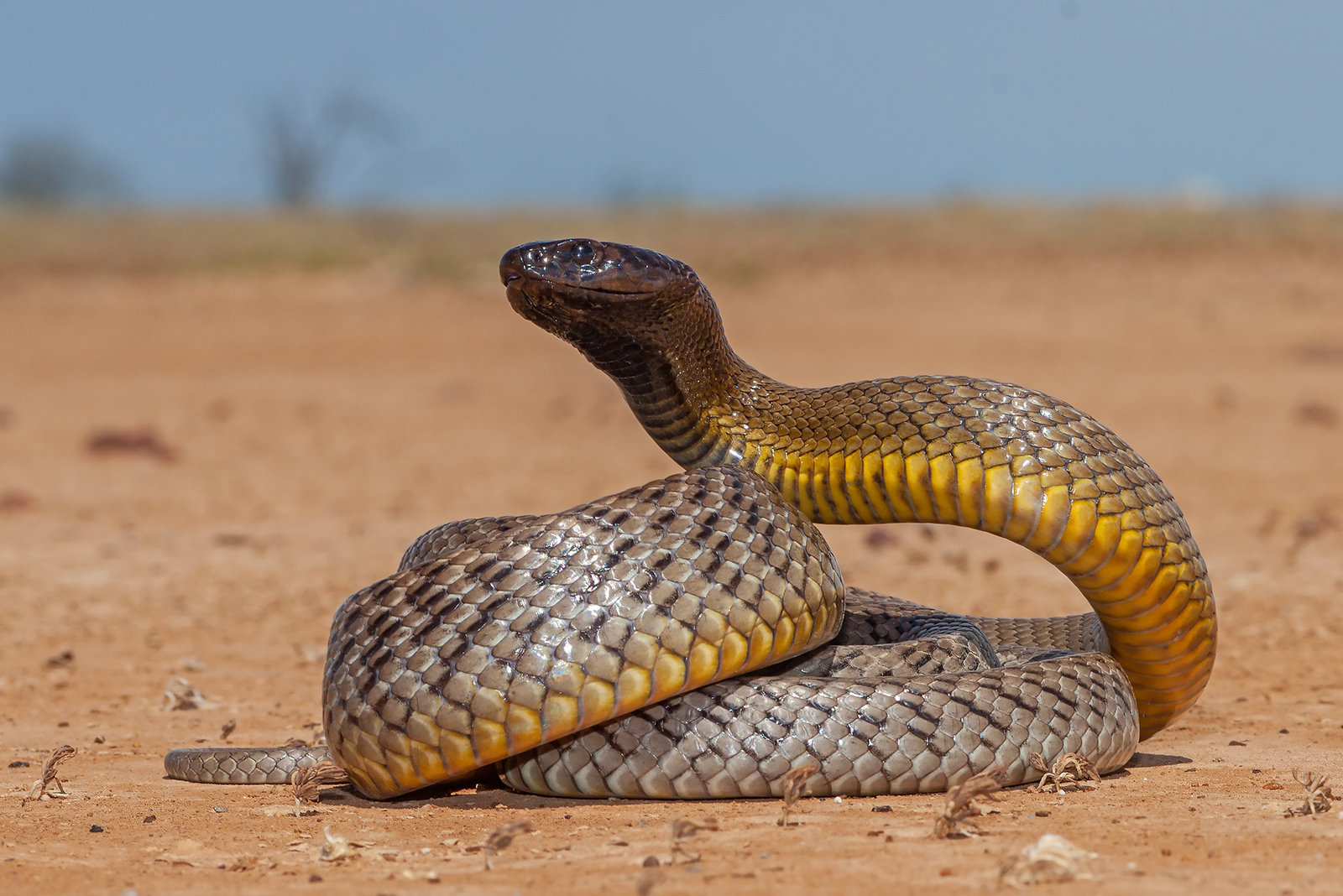
Credit: Shutterstock
Nicknamed the “fierce snake,” the inland taipan is often crowned the most venomous snake in the world! This scaly powerhouse is native to Australia’s arid outback, where it lurks in the sunbaked sands, blending effortlessly into its environment.
Its venom is a concentrated cocktail of neurotoxins and other nasties, so potent that a single bite could theoretically end 100 human lives. Let that sink in! But here’s the surprising part: the inland taipan is no villain.
It’s actually quite the recluse, preferring the quiet life far from human activity. Encounters with this snake are incredibly rare, which is a good thing considering its danger-potential.
Despite its fearsome title, the inland taipan is more of a reserved monarch of the outback, quietly reigning over its domain with unmatched venom potency.
12. Eastern Brown Snake
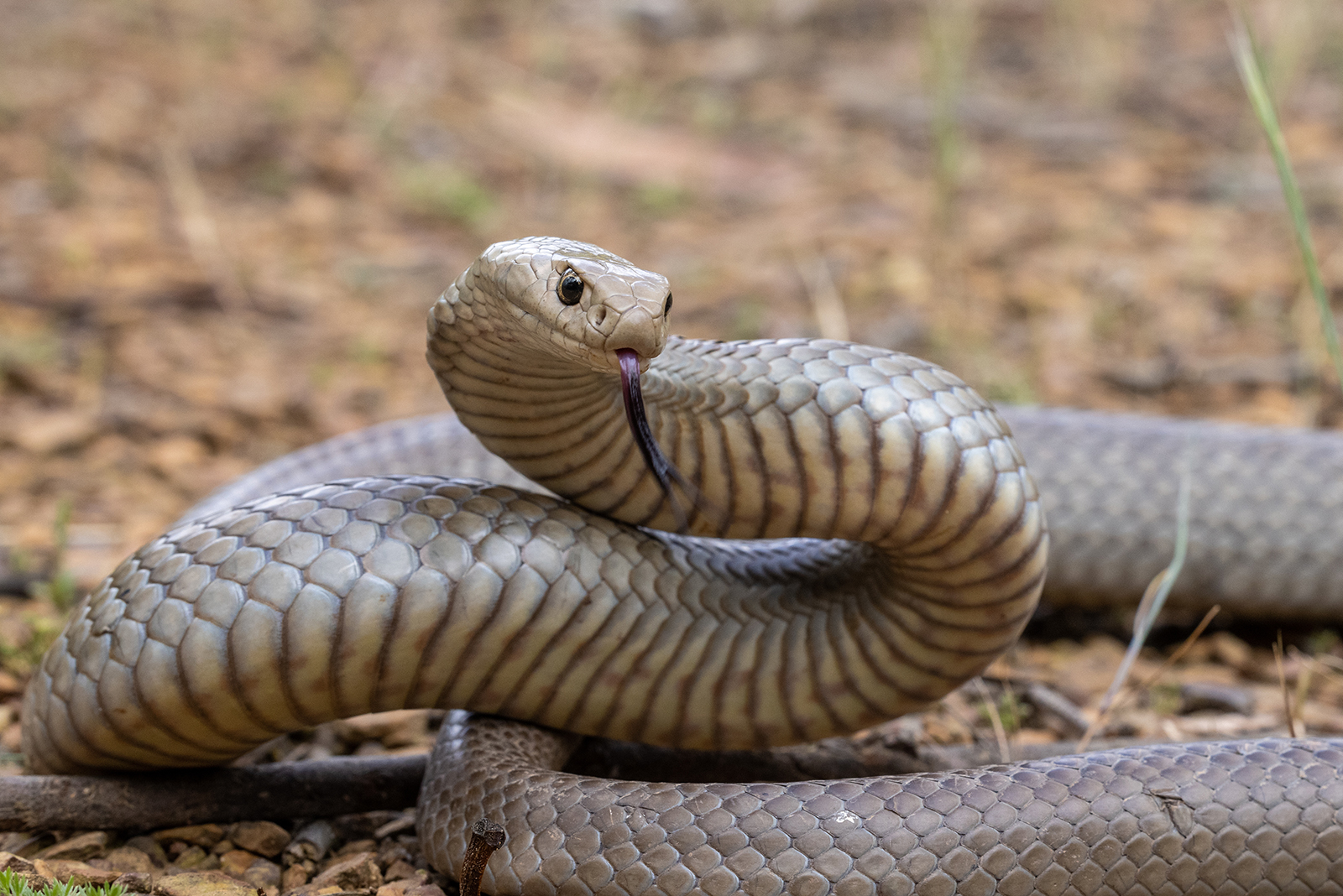
Credit: Shutterstock
This snake’s secret weapon? Agility, intelligence, and one seriously fast-acting venom.
Found everywhere from bustling urban gardens to wide-open rural fields, it’s a snake that has adapted seamlessly to life alongside humans. Its venom is a potent blend of neurotoxins and coagulants, capable of causing paralysis, cardiac arrest, and other life-threatening conditions in mere minutes.
And here’s the kicker: this snake is responsible for more snakebite fatalities in Australia than any other species. But fun fact: the eastern brown snake is typically shy and will often slither away rather than engage.
However, if cornered or feeling threatened, it’s not afraid to stand its ground and defend itself with remarkable speed and precision. If there were an Olympic event for survival in Australia’s wild, the eastern brown snake would be a gold medalist every time!

